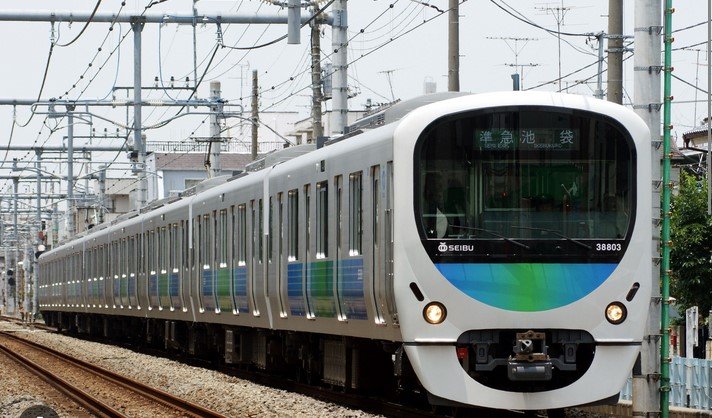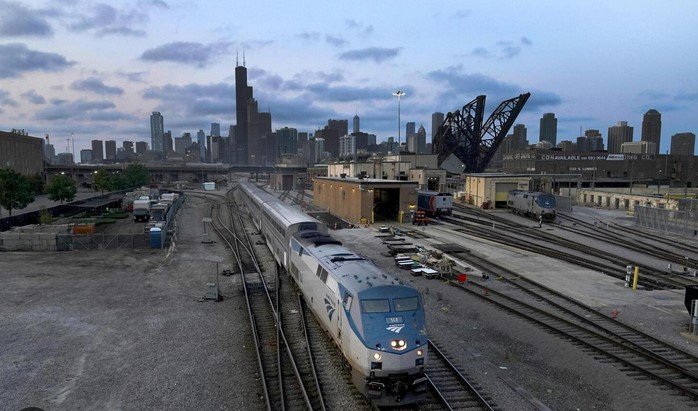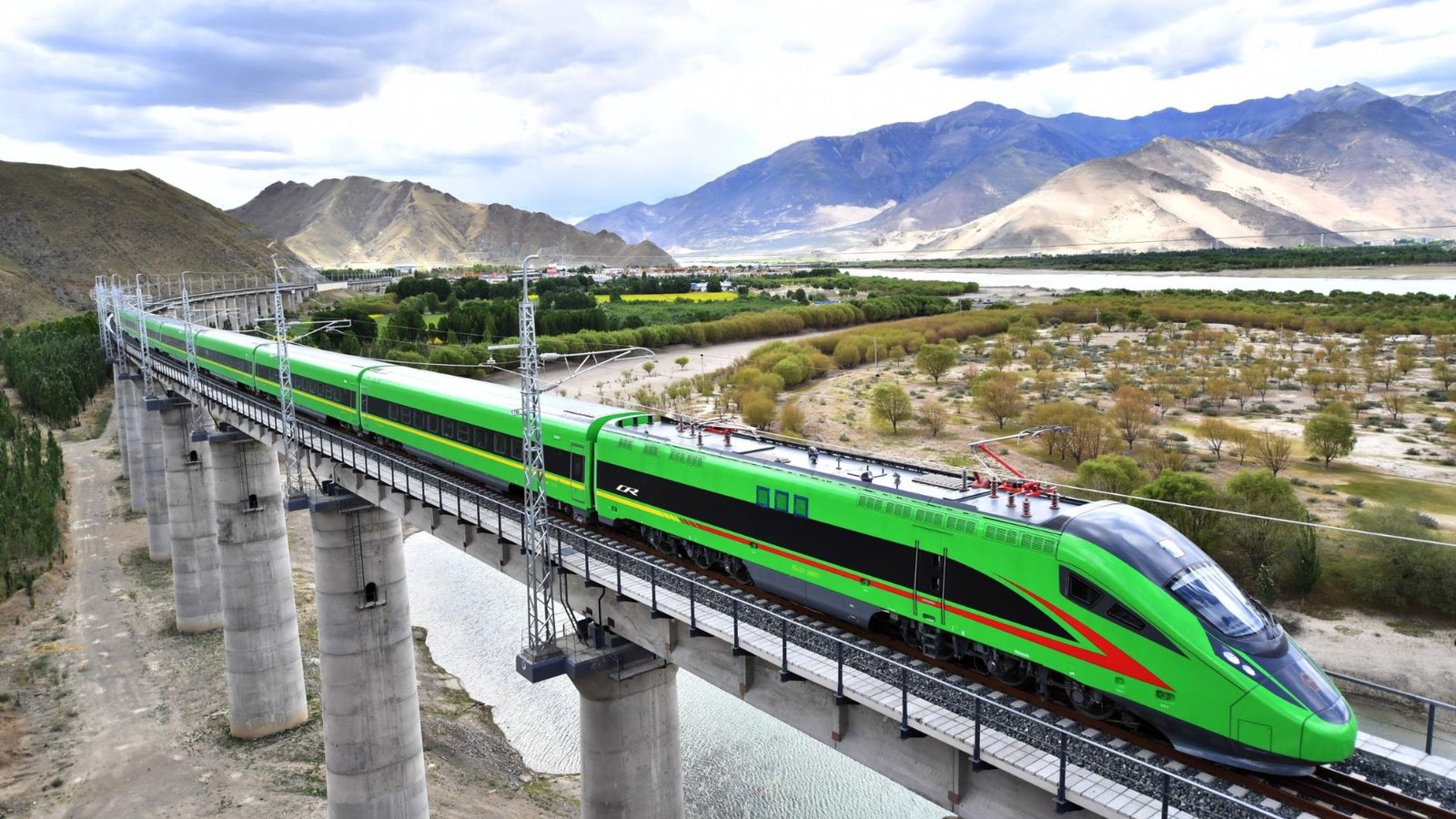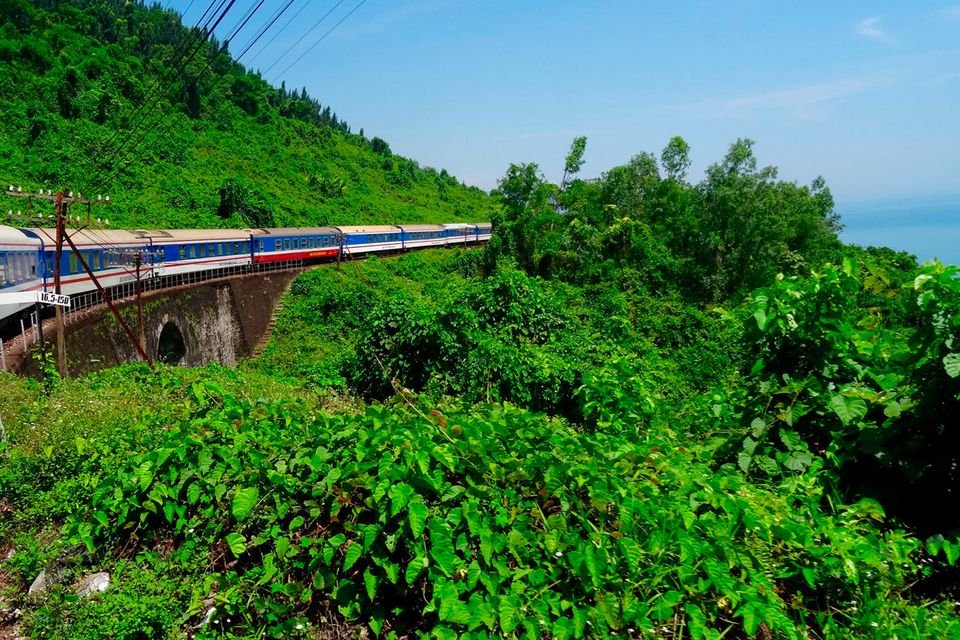Railroads have played a pivotal role in the economic development of nations for centuries. Today, they continue to be a critical component of local economies, offering reliable transportation for goods and people. Railroads foster growth in industries, create jobs, and improve access to markets. In this post, we will explore the various ways in which railroads support local economies and contribute to community development.

Railroads and Economic Development
One of the primary ways railroads support local economies is by facilitating trade and commerce. Railroads provide an efficient and cost-effective means for transporting goods, especially bulk items like coal, agricultural products, and raw materials. This enables local businesses to access national and international markets. The ability to transport goods quickly and reliably increases the competitiveness of local industries, boosting economic activity in the region.
In addition, the presence of a robust rail system can attract businesses to a region. Companies often seek areas with good transportation infrastructure, including railroads, as it allows them to reduce shipping costs and improve supply chain efficiency. As a result, local economies can experience increased investment and development, leading to job creation and growth in various sectors.
Creating Jobs and Boosting Employment
Railroads create numerous direct and indirect job opportunities. Direct jobs include those in the operation of the trains, such as conductors, engineers, and maintenance workers. Additionally, jobs are created in rail yards, stations, and administrative roles. These positions often offer stable and well-paying employment, which contributes to the local economy and improves the standard of living for workers.
Indirect jobs arise from the industries that depend on the railroad for the transportation of goods. For instance, manufacturers, agricultural producers, and logistics companies rely on railroads to move their products. As these industries thrive, they create additional job opportunities in fields such as warehousing, packaging, and distribution.
Railroads as a Catalyst for Tourism
Railroads also play an essential role in supporting local economies through tourism. Scenic and luxury train routes attract tourists, who spend money in local hotels, restaurants, and attractions. Specially designed tourist trains, such as those offering dining or overnight experiences, provide a unique way for travelers to explore a region. The presence of a historic or scenic railroad can transform a small town into a tourist destination, boosting local business and services.
Moreover, railroads often connect rural areas with larger cities, offering residents of remote regions access to tourism opportunities. This connection helps diversify local economies, especially in areas where traditional industries might not be as strong. Rail tourism also creates seasonal and full-time jobs in hospitality, marketing, and transportation, further contributing to economic growth.
Railroads Supporting Small Towns and Rural Areas
In many regions, railroads serve as a lifeline for small towns and rural areas. Rail systems provide essential connectivity for these communities, allowing residents to access urban centers for work, education, and healthcare. Railroads also enable local businesses to transport goods, such as farm products, to larger markets. Without rail transportation, small towns and rural areas could be isolated, making it harder for local businesses to compete.
By providing affordable and reliable transportation, railroads support the economic stability of these areas. Many small communities, which might not have access to other forms of transportation, rely heavily on rail as their main means of connectivity. This helps reduce economic inequality and fosters a more balanced distribution of resources.
Long-Term Benefits of Railroad Investment
Investing in rail infrastructure brings long-term benefits to local economies. Improved rail connectivity leads to more efficient transportation networks, reducing congestion on roads and highways. This not only cuts transportation costs but also helps to reduce wear and tear on public infrastructure. Additionally, rail projects create lasting improvements in public transportation, which can further enhance the quality of life in local communities.
Furthermore, the development of high-speed rail or upgraded freight corridors can help stimulate economic activity across entire regions. These investments attract industries, increase property values, and drive long-term economic growth. The positive effects of railroad infrastructure extend far beyond the transportation sector and can influence everything from housing markets to business development.
Connecting Rail Enthusiasts with Fun
RailChat brings together train enthusiasts to discuss everything from model railways to real-world locomotives. For those looking to mix leisure with excitement, Jokacasino Login offers a thrilling online casino experience. Sharing knowledge about railways while enjoying interactive games makes for a unique pastime.
Conclusion
Railroads continue to play a crucial role in supporting local economies by facilitating trade, creating jobs, boosting tourism, and connecting communities. They provide essential infrastructure for industries to thrive and enhance the overall quality of life for residents. Investing in railroads not only strengthens local economies but also contributes to a more sustainable and efficient transportation network. As we look to the future, it is clear that railroads will remain an integral part of economic growth and community development worldwide.




